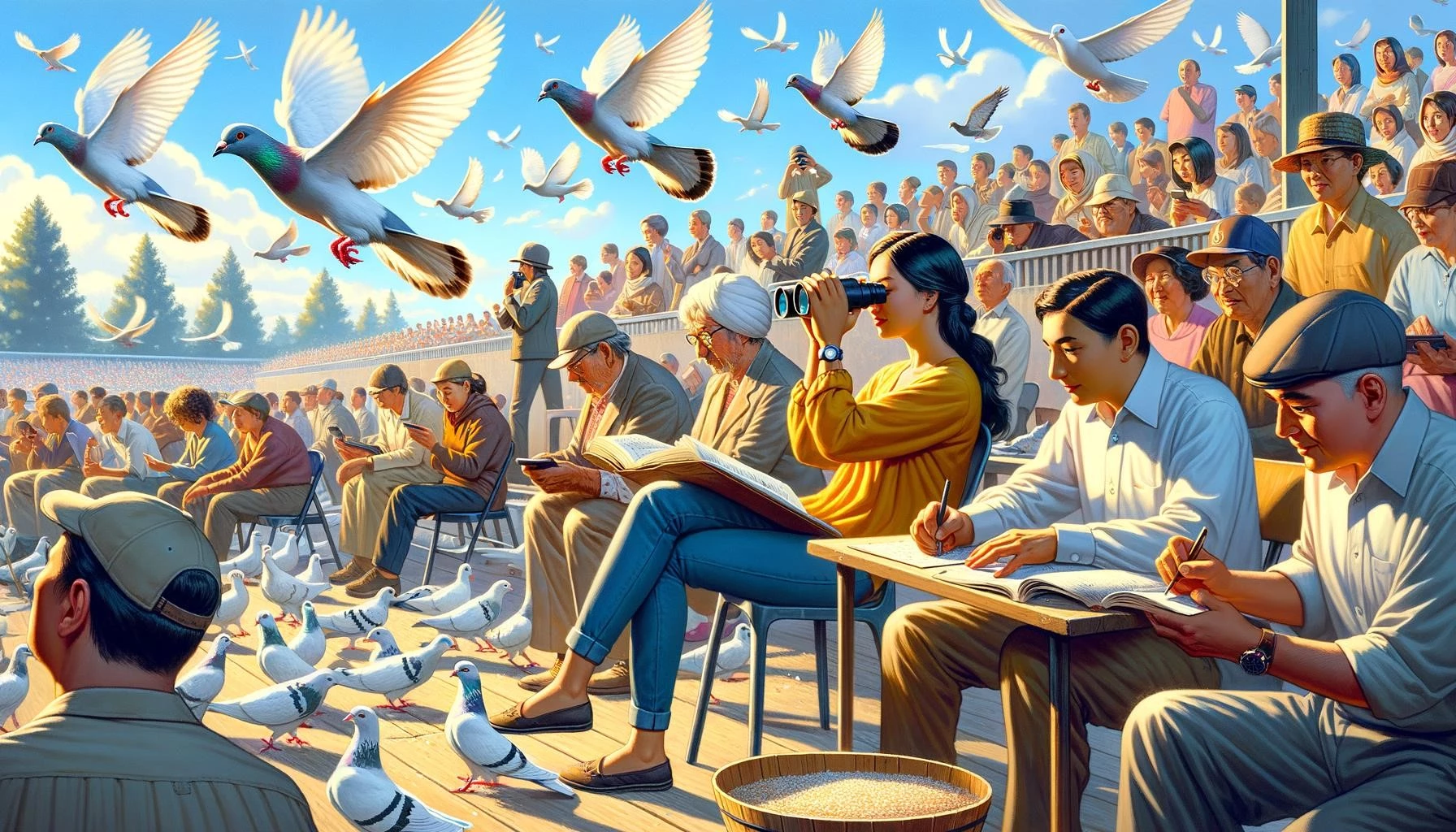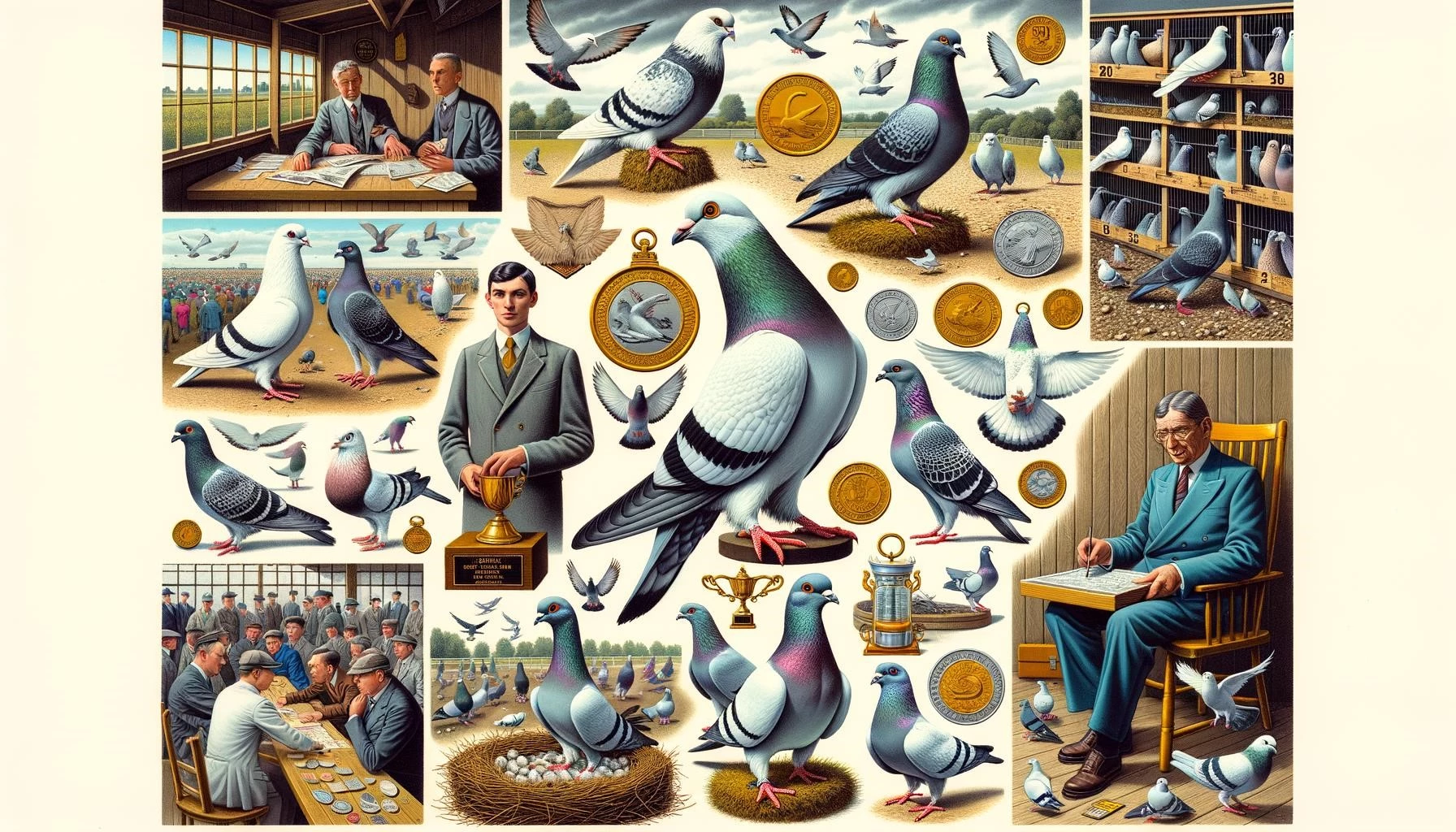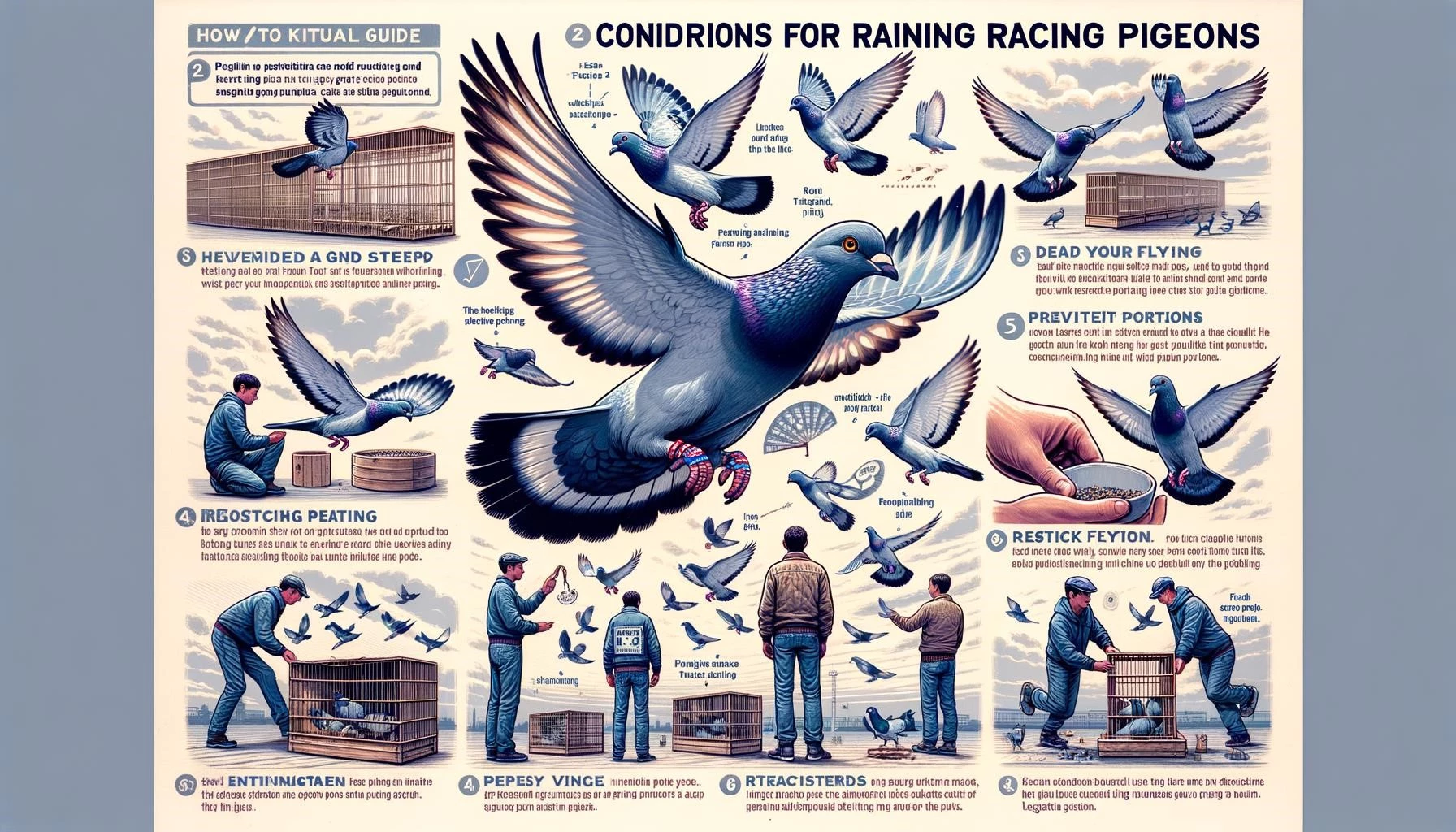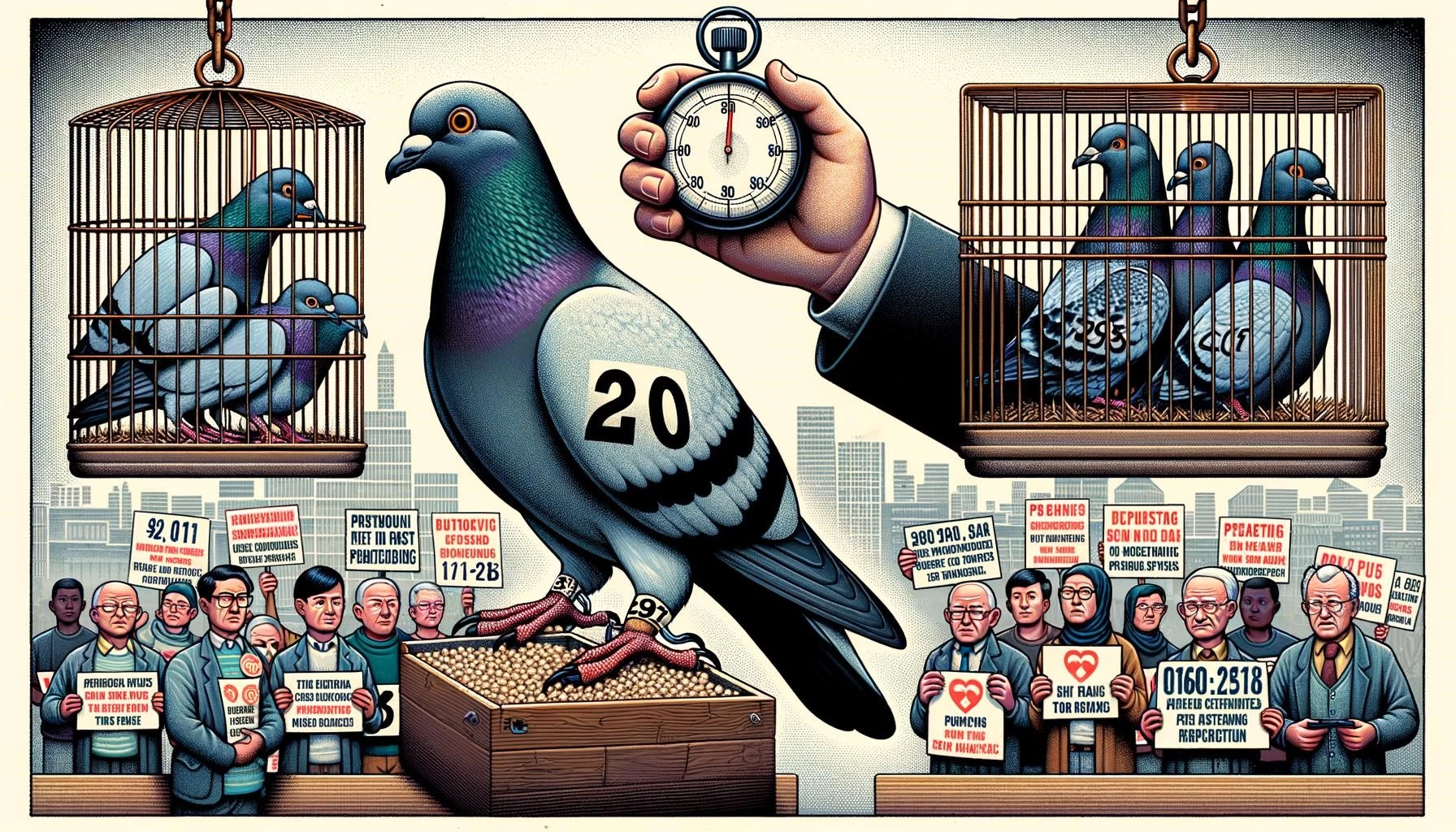Racing pigeons are specially bred and trained birds used in competitive pigeon racing events. Training young racing pigeons is a crucial step in preparing them for future races and ensuring their success on the racing circuit. This process involves familiarizing the birds with the loft, training them to use various features of their home, and gradually increasing their flying distances. In this article, we will explore the key aspects of training young racing pigeons.
Key Takeaways
- Training young racing pigeons is essential for their success in competitive racing events.
- The training process involves familiarizing the birds with their loft and surroundings, and gradually increasing their flying distances.
- Starting the training process when the pigeons are between 5 to 8 weeks of age is recommended.
- Regular exercise, routine feeding schedule, and creating a competitive environment are important factors for effective training.
1. Introduction to Training Young Racing Pigeons
Training young racing pigeons is an important step in preparing them for future races. It helps the birds develop strong homing instincts, physical stamina, and mental sharpness. The training process starts when the pigeons are between 5 to 8 weeks of age, typically after they have been weaned from their parents.
The initial training involves familiarizing the pigeons with their loft and surroundings, teaching them to enter and exit the loft, and getting them used to the routine feeding schedule. As the pigeons grow older, the training progresses to longer flying distances and more challenging conditions.
2. Training Methods and Techniques
There are several methods and techniques used for training young racing pigeons. Here are some key aspects to consider:
2.1 Familiarization with the Loft and Surroundings
Young racing pigeons should be introduced to their loft and become familiar with their surroundings. This includes getting to know the entry points of the loft, the location of feed and water sources, and the overall layout of the loft. The pigeons should feel secure and comfortable in their home environment.
2.2 Gradual Increase in Flying Distances
The training process starts with short flying distances, gradually increasing over time. It is important not to push the young pigeons too hard too soon. Begin with short tosses, typically within a few miles from the loft, and gradually increase the distance as the pigeons gain experience and confidence. This progressive approach helps build the pigeons’ endurance and navigational abilities.
2.3 Exercise and Conditioning
Regular exercise is critical for young racing pigeons. The birds should be provided with adequate flying time to build up their physical stamina and muscle strength. Exercise sessions can be organized by releasing the pigeons to fly freely around the loft or by participating in tosses, where they are released and made to fly back to the loft from a specific distance.
Conditioning the birds through exercise helps improve their cardiovascular health, flight endurance, and overall fitness. It also helps them develop a strong homing instinct and the ability to navigate through varying weather conditions.
2.4 Routine Feeding Schedule
Establishing a routine feeding schedule is crucial during the training period. Young racing pigeons should be fed at regular intervals, ideally at the same time each day. This helps create a sense of discipline and routine for the birds, making them more responsive to training and racing activities.
Feeding the young pigeons on a regular schedule also helps develop their appetite and motivates them to perform well during training sessions. Keeping the birds hungry to a certain extent helps maintain their motivation and eagerness to return home after a flight.
2.5 Competitive Environment
Creating a competitive environment within the loft can help motivate the young racing pigeons to perform better. By keeping the birds together and exposing them to other pigeons, they develop a sense of competition, which can enhance their racing abilities.
Simulating race conditions during training, such as releasing the pigeons simultaneously or organizing friendly races among the birds, can further improve their racing skills. This competitive atmosphere encourages the pigeons to fly faster, navigate better, and develop a stronger racing instinct.
3. Age Considerations and Training Duration
The age at which young racing pigeons should begin their training is an important consideration. Typically, pigeons are ready for their first training tosses between 5 to 8 weeks of age, after they have been weaned from their parents.
It is important not to rush the training process or start too early, as the pigeons need time to develop physically and mentally. Starting the training too late may result in missed opportunities for optimized performance.
The duration of the training process can vary depending on several factors, including the breed of pigeons, individual bird’s abilities, and the specific racing goals. On average, young racing pigeons are trained progressively for at least six months before they are allowed to compete in race events.
During the training period, pigeons should be given enough time to rest and recover between training sessions to prevent physical and mental fatigue. Proper rest periods and a balanced diet are essential for optimizing performance and maintaining the pigeons’ long-term racing career.
Conclusion
Training young racing pigeons is a crucial step in preparing them for future racing events. The training process involves familiarizing the birds with their loft and surroundings, gradually increasing their flying distances, and providing regular exercise and routine feeding schedules. Creating a competitive environment within the loft further enhances the pigeons’ racing abilities.
Starting the training process when the pigeons are between 5 to 8 weeks of age allows them to develop necessary physical and navigational skills. By following proper training methods and techniques, pigeon fanciers can help their young racing pigeons reach their full potential and achieve success on the racing circuit.









